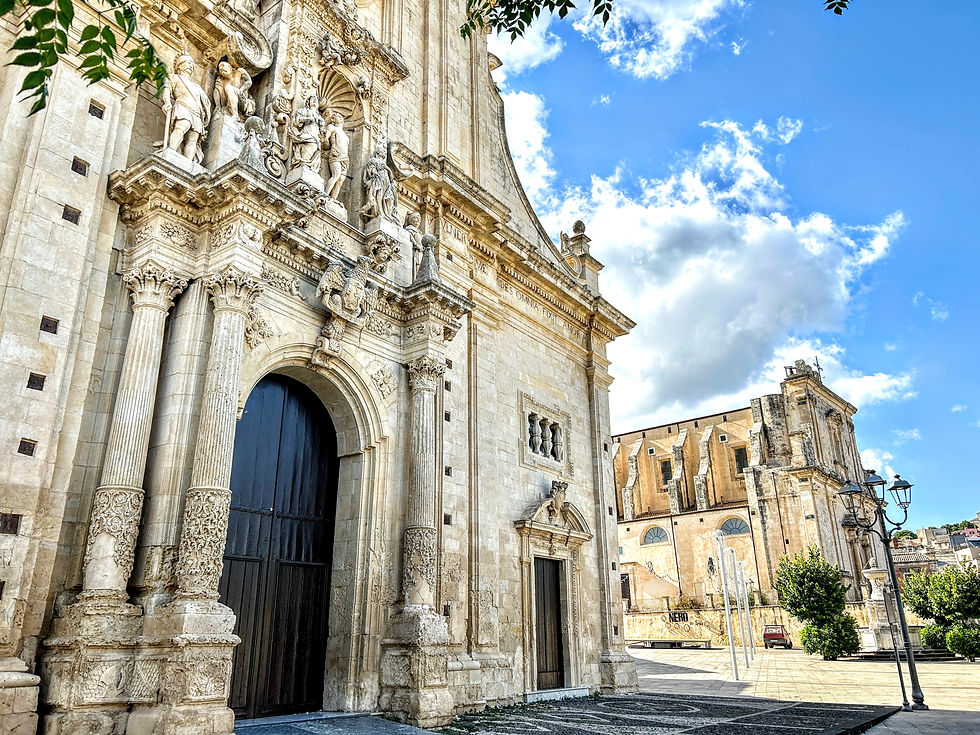This fourteenth-century border is a real open-air museum, capable of making you forget stress, traffic, and modernity in a few hours... #tuttitaly
In the Po Valley, on the banks of the Oglio River in an area full of springs and springs, stands Soncino, the cultural center of the Oglio Nord Park.
In ancient times the Sonica area was bathed by the marshy waters of Lake Gerundo. The hill on which the current historical center of Soncino stands was then to emerge from the waters and, therefore, could have been a very well-protected and safe place.
According to tradition, Lake Gerundo was the home of the terrifying dragon Tarantasio.
We do not know if this creature existed, but its memory is still preserved today in a symbol we can see every time we go to get gas. The six-legged dog would be precisely this mythological figure desired by Enrico Mattei when deposits were discovered in the Lodi area.
It seems that the Goths, a population of Germanic origin, established the first settlement on the hill. The same toponym, Soncino, appears to be of Germanic ancestry, meaning "king of the waters."
In 1488 the first complete Bible in Hebrew was printed in Soncino by a family of Jewish printers. The building that housed the movable type printing house is now the seat of the Printing Museum, where we can observe ancient machinery and precious manuscripts.
A probable testimony of Leonardo da Vinci passing through Soncino in the summer of 1498, we find it in his writings, where he notes "a Sonsino sol cremones" next to a drawing of irrigation canals.
Soncino looks like an open-air museum. Amid the various palaces, churches, and bell towers, there is a bell tower older than all the others. According to a legend, the famous Ghibelline leader Ezzelino da Romano was hosted here as a prisoner who died in this very place following the wounds sustained in battle. A mystery surrounds the story: even if he received a funeral worthy of his name, there was never any trace of his tomb.
We can admire the precious terracotta decorations on the facade of the Palazzo Azzanelli, initially owned by wealthy wool merchants.
These testify to the abundance of clay in this area surrounded by water. If we look more closely, however, we notice that the graceful reproductions of the cherubs have been scarred. It is said that Napoleon passed this way and was angry at not having been able to take away these works of art; he tried to ruin them.
The Sforza fortress was an important military structure formed by a central courtyard surrounded by four towers, three with a square plan and one cylindrical. Located at the extreme border of the Visconti properties, this bastion was intended to keep the surrounding lands under control to ward off attacks by enemies.
Among the religious buildings, we find the Church of Santa Maria Assunta, the most important in the village, founded in the 12th century. It was remodeled in the 19th century by the Milanese architect Carlo Maciachini. The colors of the dome recall the crown of the famedio in the monumental cemetery of Milan.
San Giacomo's church was initially born as a resting place for pilgrims. Finally, it became a convent for the Dominicans, who settled there in the 15th century and gradually created three cloisters and set up a pharmacy and a vital library.
Inside the building are preserved the remains of Stefana Quinzani, a Dominican, venerated as blessed by the Catholic Church.
Also noteworthy is the Santa Maria delle Grazie church, a notable example of Renaissance architecture. Erected in 1492 for the Carmelites, it appears utterly frescoed with remarkable paintings, among which the Last Judgment on the counter-façade and the works of Giulio Campi emerge.


























Comments